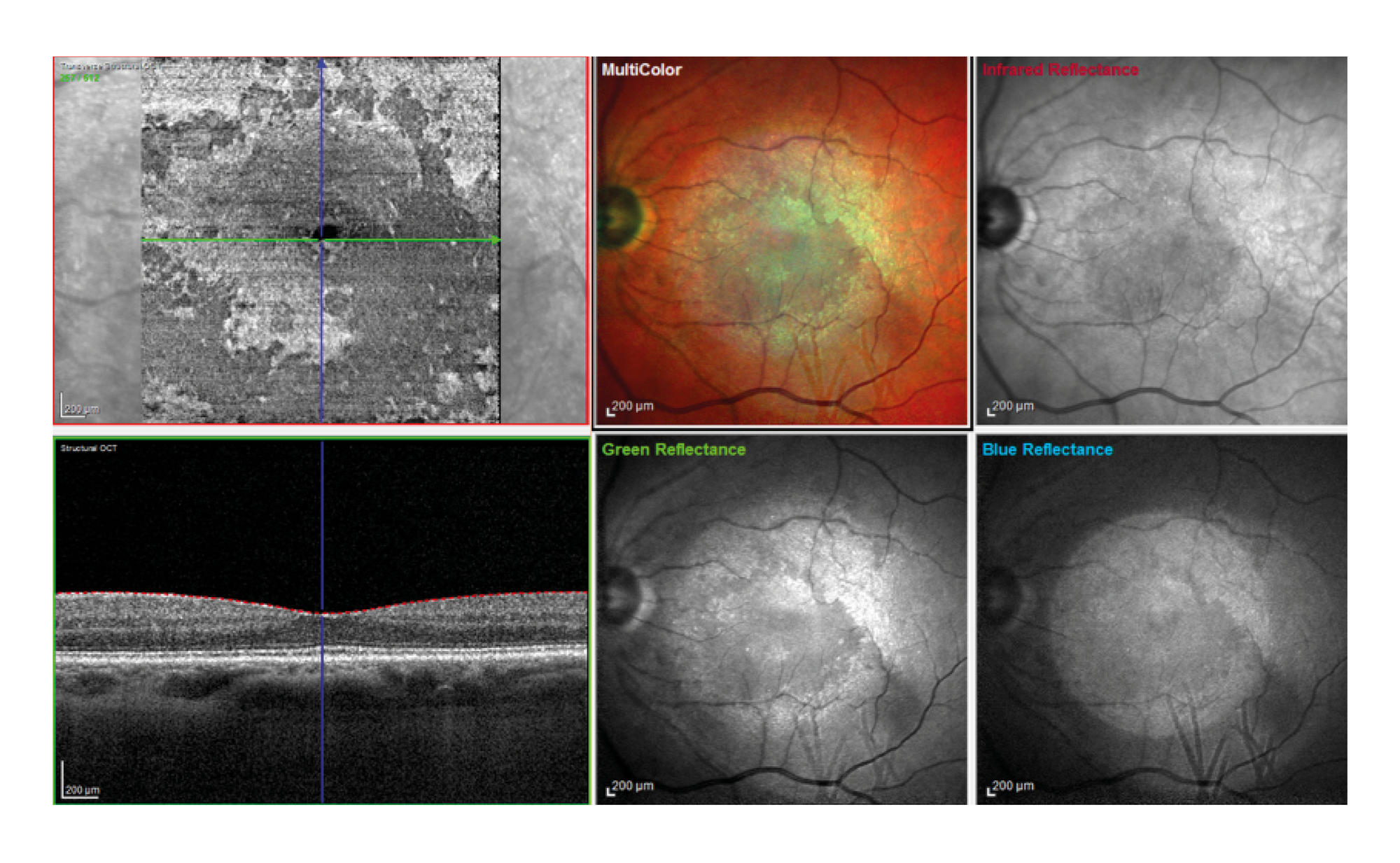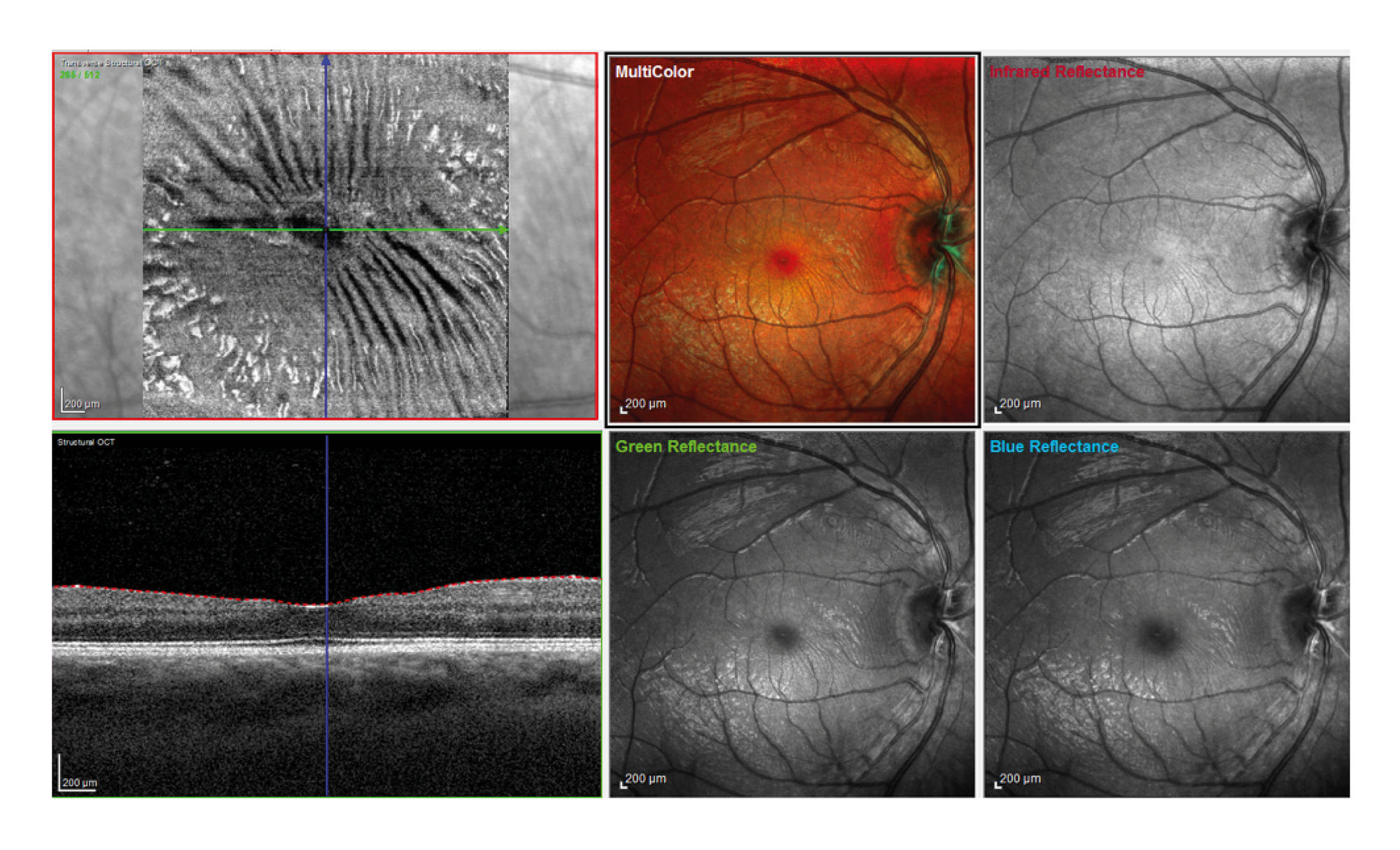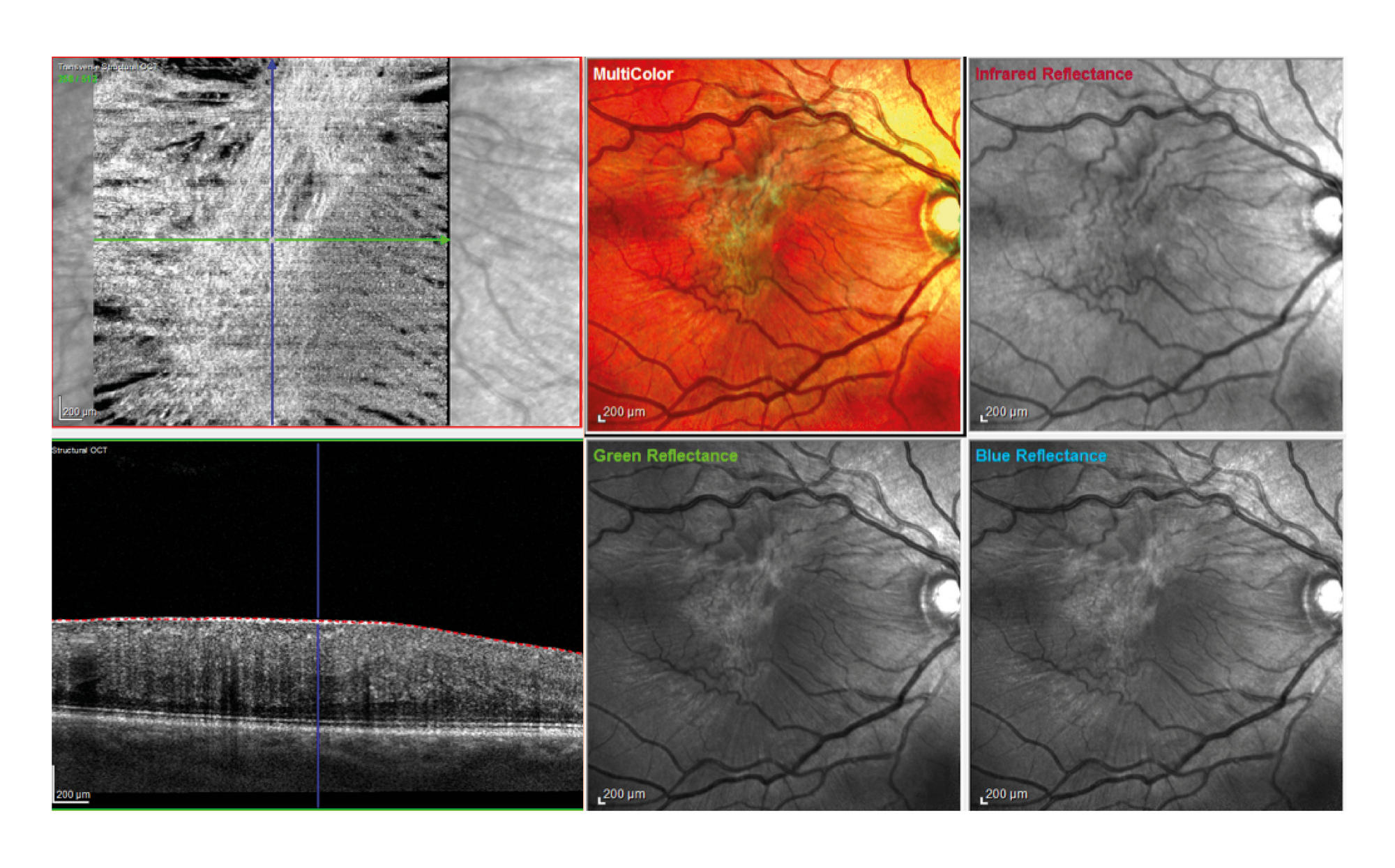
This article is an open access article distributed under the terms and conditions of the Creative Commons Attribution license (CC BY).
ORIGINAL RESEARCH
Modern aspects of multimodality approach to the diagnosis of idiopathic epiretinal membrane
1 Research Center for Ophthalmology,Pirogov Russian National Research Medical University, Moscow, Russia
2 Department of Ophthalmology, Faculty of Pediatrics,Pirogov Russian National Research Medical University, Moscow, Russia
Correspondence should be addressed: Ekaterina P. Tebina
Volokolamskoe shosse, d. 30, korp. 2, Moscow, Russia, 125310; ur.liam@anibetaniretake
All authors' contribution to this work is equal: selection and analysis of literature, research planning, data collection, analysis, and interpretation, drafting of a manuscript, editing.



